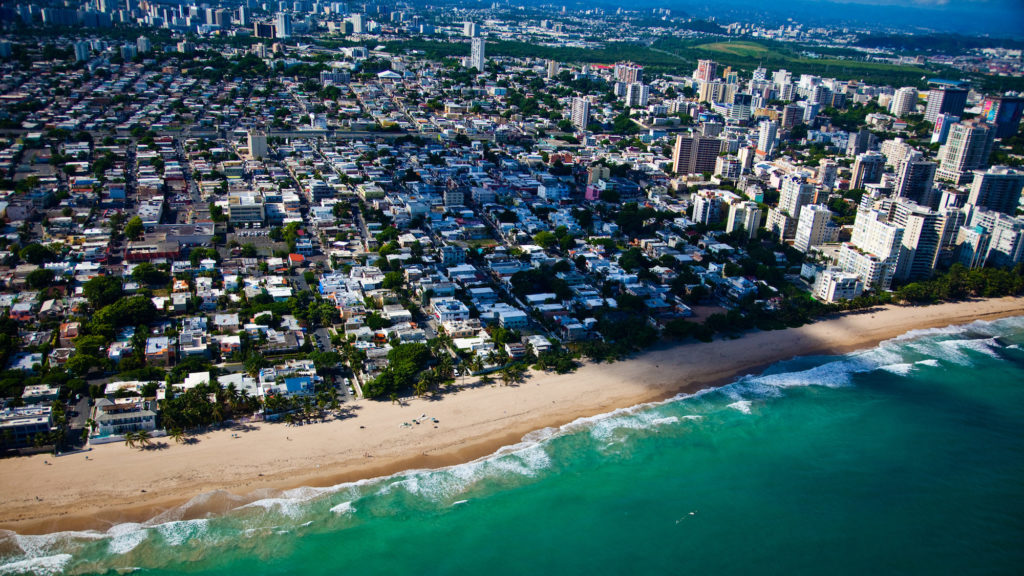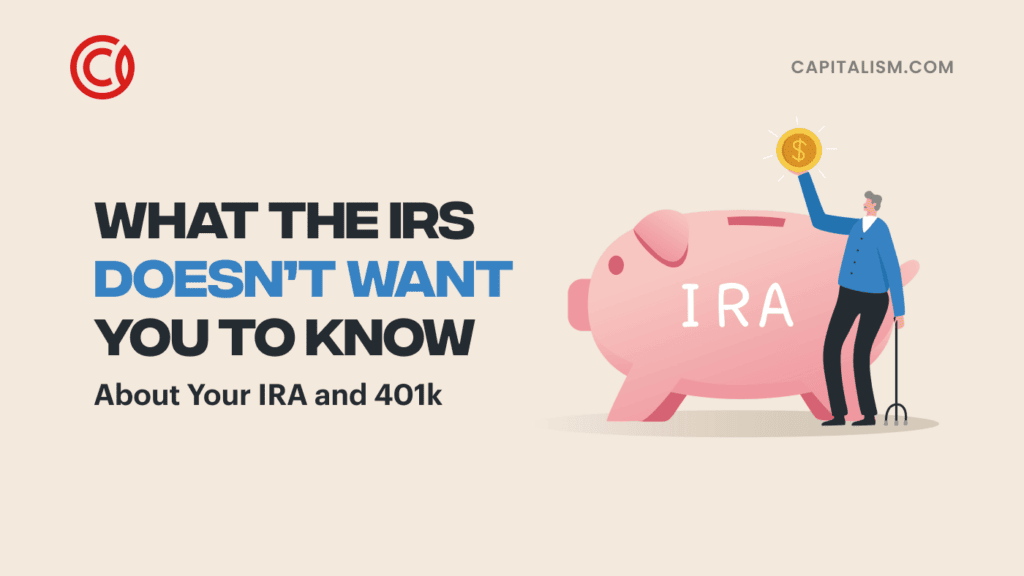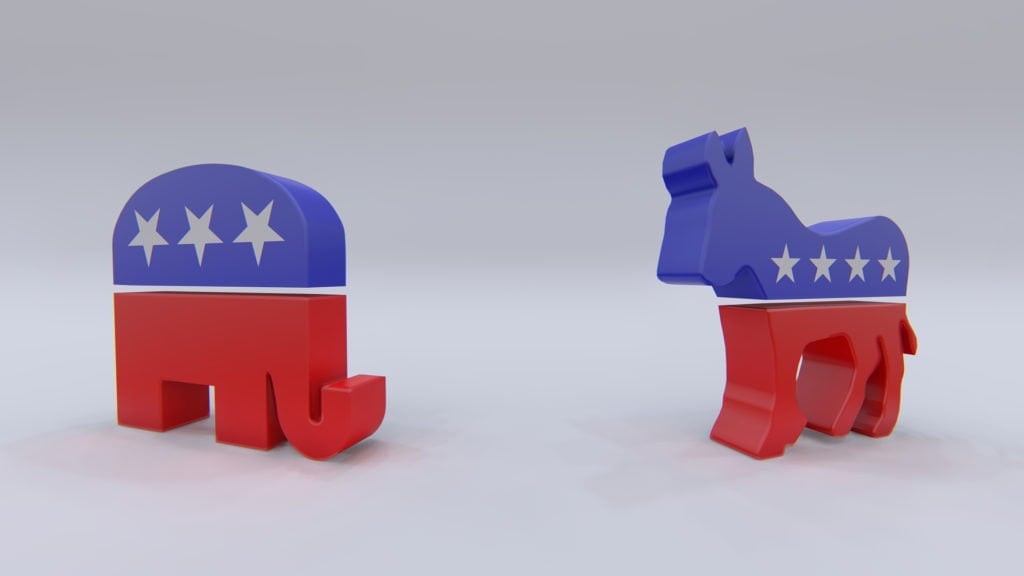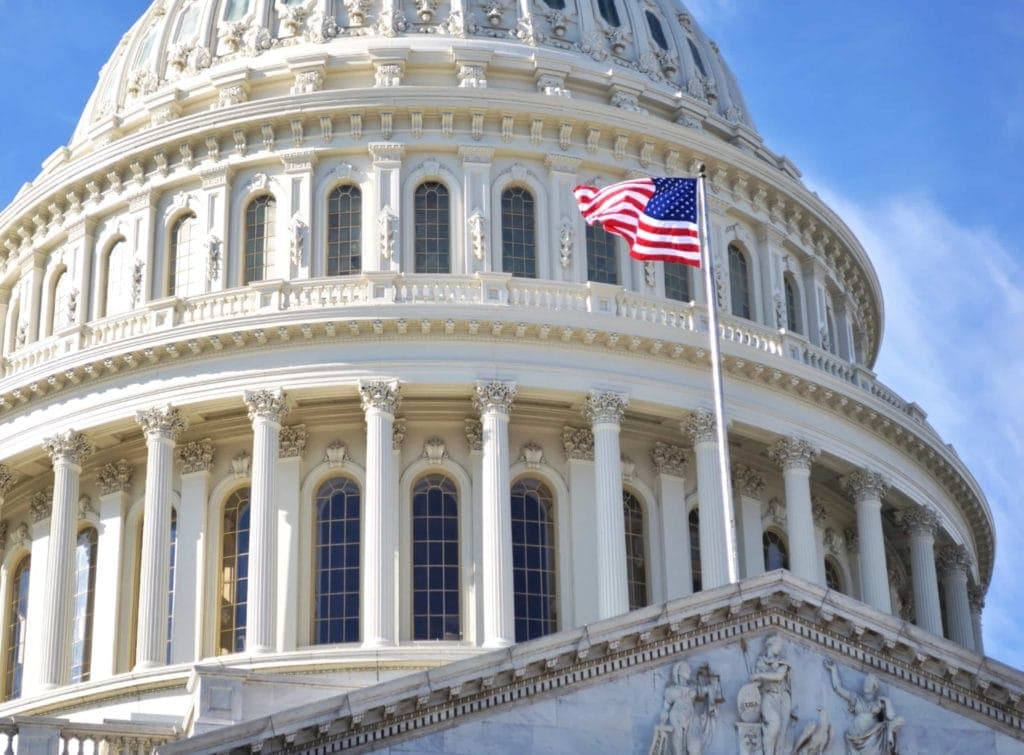This is part one of series on the overall financial state of U.S. insular territories, tribal governments, states, and localities.
Illinois faces $130 billion in unfunded pension liabilities. The government solution? Raise taxes.
The government in Puerto Rico filed bankruptcy. The solution? Call the federal government.
Pat Buchanan, a conservative columnist for Creators Syndicate, recently asked if this was the future of the nation: higher taxes, governments defaulting and seeking solutions other than limited shut downs, and businesses and citizens forced to take the brunt of a conundrum created by the statist mentality of our elected officials.
"The days of interstate highway systems and moon shots seem to be behind us," Buchanan wrote in a recent column. "Are Puerto Rico and Illinois the harbingers of what is to come?" The same question is being asked in this analysis.
Government consumption is outpacing private sector consumption at exorbitant rates, as well. In fact, recent job growth projections revealed that government jobs nationwide grew 35 to 1 over manufacturing jobs, according to an analysis conducted by CNS News on Bureau of Labor Statistics data. Nonetheless, the question of what will happen to other U.S. territories, states, and localities is scaring millions.
For one, there is potential for similar fiscal troubles with the governments governing over places like Guam or the U.S. Virgin Islands. As questions on how these places will fair and doubt as a collective government debt bubble are beginning to burst all over the United States.
The Economic State of the Territories
Collectively, the United States oversees a variety of American territories that comprise different imports and exports, economic activity, and cultural factors that impact the makeup of the societies in these places. Of course, we are now concerning ourselves with the inhabited insular territories, administered by the Department of Interior's Office of Insular Affairs, that are scattered across the Pacific and the Caribbean.
Complemented by the massive military presence in many of these places, like Guam, the local economies managed to be kept up in years prior. The added federal tax carve outs that the territorial governments received also alleviated the abilities these governments have to issue bonds to private and public creditors. However, as the military presence dried up the territories had to take up the commitment of borrowing billions from creditors while receiving billions in federal aid.
These territories, excluding the debts owed by Puerto Rico, have a combined debt that exceeds hundreds of millions of dollars. Though, this may seem like a drop in the bucket to the multi-trillion dollar combined debt shared with the federal, state, and local governments across the country.
Nonetheless, the fears of an economic doomsday, like Puerto Rico faced, has provided these territories a fair amount of factors to be concerned with.
Consider this break down of import-export activity for three select territories in the Pacific:
| U.S. Territory | $ Value of Imports, 2015 | $ Value of Exports, 2015 |
| Guam | $735 million | $21.8 million |
| Northern Mariana Islands | $157 million | $2.87 million |
| American Samoa | $132 million | $22.1 million |
Source: Observatory of Economic Complexity
Considering the fact that there are many factors at play that describes the reasons for large disparities in input and output among the flow of goods in these places (like populations, products, and value and space, corporate activity, etc.), the main point is that the consumption exceeds the production.
However, what is most revealing, the value of consumption or indirectly the value of imports, is owned by the government.
You cannot expect an insular territory to out beat its imports with higher exports; however, because of the limitedness, the territories are placed in a scenario that means that the government is the leader to produce services.
For example, Guam has experienced upticks in households having to use food welfare sources. Because of a very anti-business environment, due to the federal government for the large amounts welfare that supplements individual personal incomes, the unemployment rate is high. The island's people are, sadly, forced to turn to the government for the value of services they need. And, like any welfare program, costs will compound and grow through the means of a multiplier of cost.
Learn from Puerto Rico's Hardships
With the lack of pro-market reforms and regulatory alleviation, Puerto Rico imploded on its self.
And just like Illinois, the tax rolls are shrinking as people leave the island in search of jobs and opportunity in the main land or abroad. This, of course, is owed to a massive regulatory burden that the commonwealth's government brought upon itself. In the U.S. Virgin Islands, neighboring very closely to Puerto Rico, a similar case is unfolding.
However, some of the take aways that any governmental entity should consider, the solution isn't to tax, spend, and borrow your way out of a financial crisis. Puerto Rico had the opportunity to make cuts in programs that would've alleviated the business environment and would've incentivized direct investment from mainland companies. Companies would've entered an environment that would allow for growth. That growth would require employing the local population bringing near-instant value to the local economy.
This failed though. Governments, even though they do more harm than good when it comes to respecting economic freedoms, can repent by understanding and implement specific reforms and drawbacks to balance budgets, run the government with fiscal responsibility, and potentially limit some regulation.
How do you feel about the growing debt crisis in the United States and its territories? Let us know in the comments.
MORE OPINIONS ON CAPITALISM.COM:
• Why Capitalists Should Consider Austin Petersen for Senate
• 6 Reasons to Eliminate Government Regulations
• How One Dutch Libertarian’s Lesson On Property Rights Went Viral











